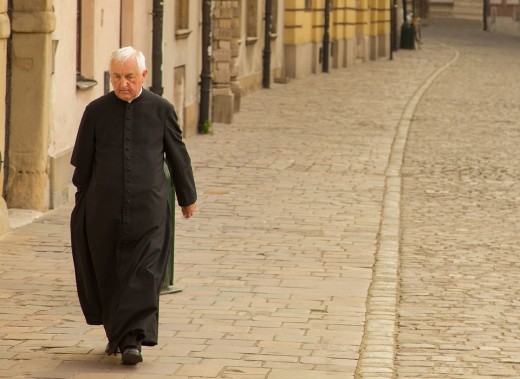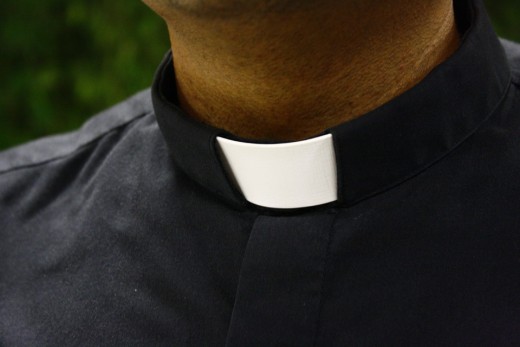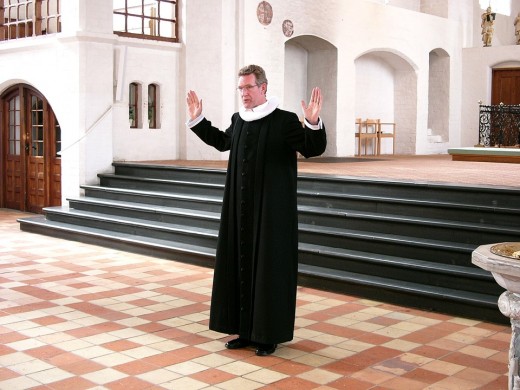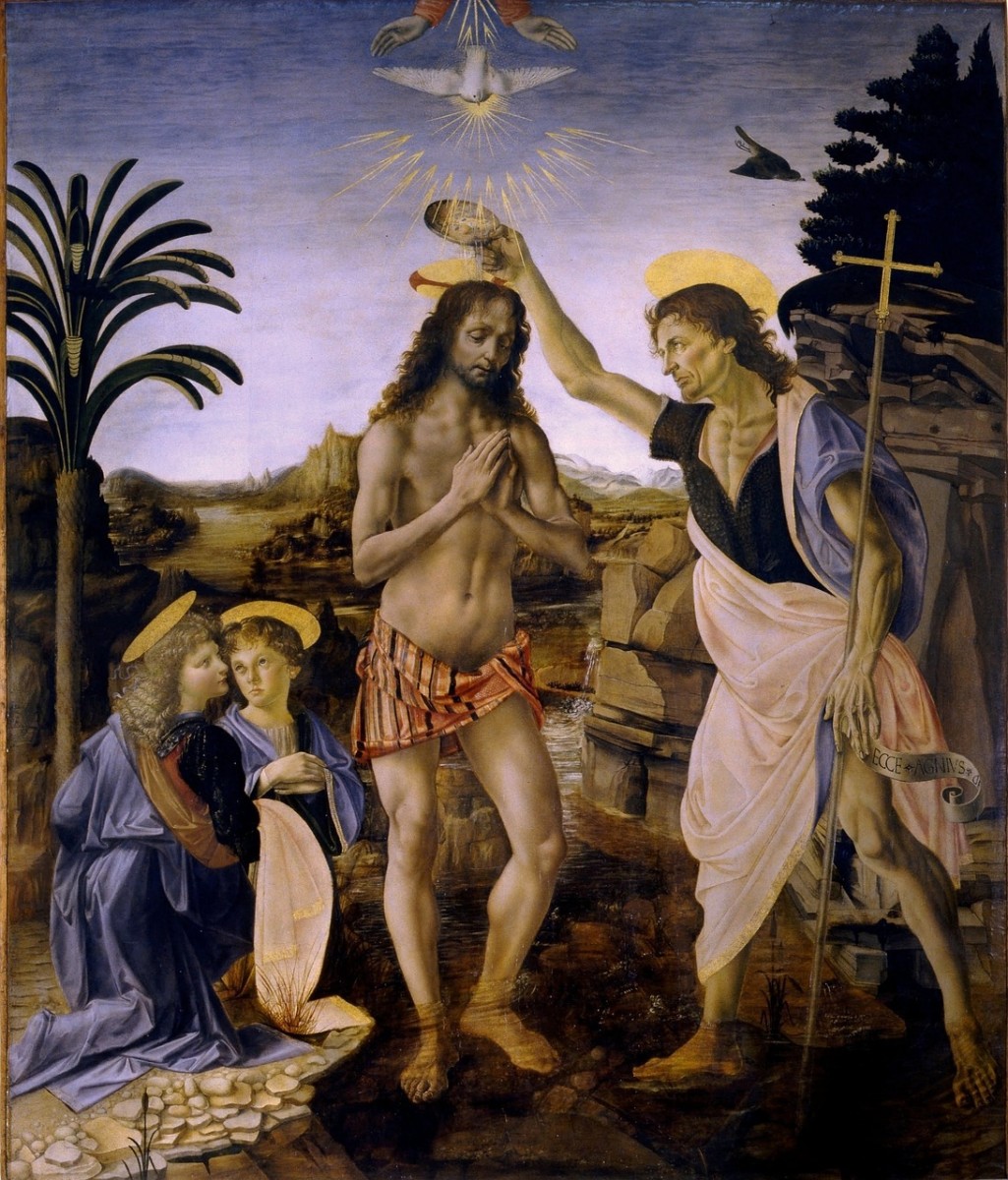Daily Austerity for a Modest Lifestyle

Religion and the Black Vestments of Austerity
When a person thinks of the conventional depiction of a priest or clergyman it typically results in a vision of a man wearing black clergy robes that are accompanied with a traditional white collar. This stereotypical description is based on the modern concept of a Catholic priest who is seen wearing either a black cassock or clerical shirt with the white priest collar. The origins of this stereotype are based on Catholic vestments that were associated with the religious orders of the Middle Ages that adopted these contrasting colors over time. Originally many of these Catholic religious groups, such as the Cistercians and the Benedictines, wore undyed wool that was predominantly white in color. During the medieval period it was expensive to produce black dye and therefore the color was considered to be a luxury. Over time, the color black was able to be produced at a reasonable price and was adopted for use by various religious orders due to its stark countenance.

The Virtues of Black Religious Clothing
Prior to the modern era, the color black was used in much the same way that we use the violet as a liturgical color to represent penitence. The reason for this is probably because the color black was cheaper to produce than purple which required sources of indigo which were expensive and could be seen as a luxury not befitting the humility that comes with spiritual dedication. Black was quite unlike other colors, such as natural browns, that represented piousness. The Puritans wore dark colored clothing and the color black was segregated from these colors to congruently symbolize humility, rationality, and respectability. The modern use of black ecclesiastical garments resonates with these older traditions and promotes feelings of religious austerity and devotion that inspires congregational respect.
Ordination and the Spiritual Death of the Ego
Black was a color that was already present within Christian liturgy and was used to represent death and mourning. This color was used to represent the dedication and psychological death of the individual who had decided to dedicate themselves to either the clergy or a monastic lifestyle. It is often stated that without death there could be no resurrection. The death of the ego provides the ability for a person to experience a spiritual rebirth and consecrate their body and mind to holy endeavors.
Garments for Modesty and Devotion to God
The use of black clergy robes extends from Roman Catholic priests to the Eastern Orthodox clerics and is considered to be the basic form of ecclesiastical clothing for ordained clergymen. A long black tunic, worn either by a man or a woman, is symbolic of piety and modesty in many world religions. For the contemporary minded individual, the best example of the use of these dual colors, black and white, or religious attire in Catholicism is exemplified through the female nun's garments that included the black habit dress, white coif, and black veil. Many have observed the striking similarities of the Christian nun's attire to that of the Muslim women who have wear the wear the niqab or burqa as a physical display of modesty and religious devotion.

Pulpit Gowns and Preaching to the People
Many of the Protestant denominations use black as a predominant color for their clerical clothing. The clerical clothing of these religious movements is distinguished by their use of scholarly robes that originated with the introduction of the Geneva gown. This black gown was styled after the 16th century attire of John Calvin who was a French theologian that was living in Geneva, Switzerland and was a leading influence within the Protestant Reformation movement. Martin Luther, another key influence at the same time, also began wearing the black academic robes. The purpose of the use of these scholarly robes was for ministers to dress according to the style of the people but to still be recognizable. This different from the use of the cassock, or alb and amice, within Catholicism that separated the priesthood from the people through the use of vestments and other practices. The traditional black Geneva gown is worn with white preaching bands and sometimes, depending on the denomination, are also accompanied by a colored stole. The aesthetics of the preaching bands and Geneva gown might appear antiquated to many people, but many feel that the Geneva gown represents academic learning and the achievement of their position through diligence, learning, and the further acknowledgment of their position by their presbytery
Everyday Humility for an Austere Lifestyle
Today's clergy often find that it is difficult to live according to the same modus vivendi as our predecessors did before us. There are ways to still be modernly progressive while adhering to the virtues of humility, modesty, and piousness within our daily lives. When it comes to ecclesiastical clothing, it was not unusual for clergymen to wear vestments that inspired their congregations according to their doctrine; but, for daily wear, many should choose minimalist clothing that represented their commitment to God but are not indulgent. In the past, some religious orders would use natural undyed cloth that was made of simple regional materials instead of the ostentatious use of imported silk and velvet. These same principals can be applied to clerical clothing today wherein a priest or minister elects to use polyester instead of other more expensive fabrics like wool. By choosing simple fabrics for their clothing, even modern clergy can continue to embrace their vows of austerity and maintain a modest lifestyle.
© 2016 Midnight Muse








